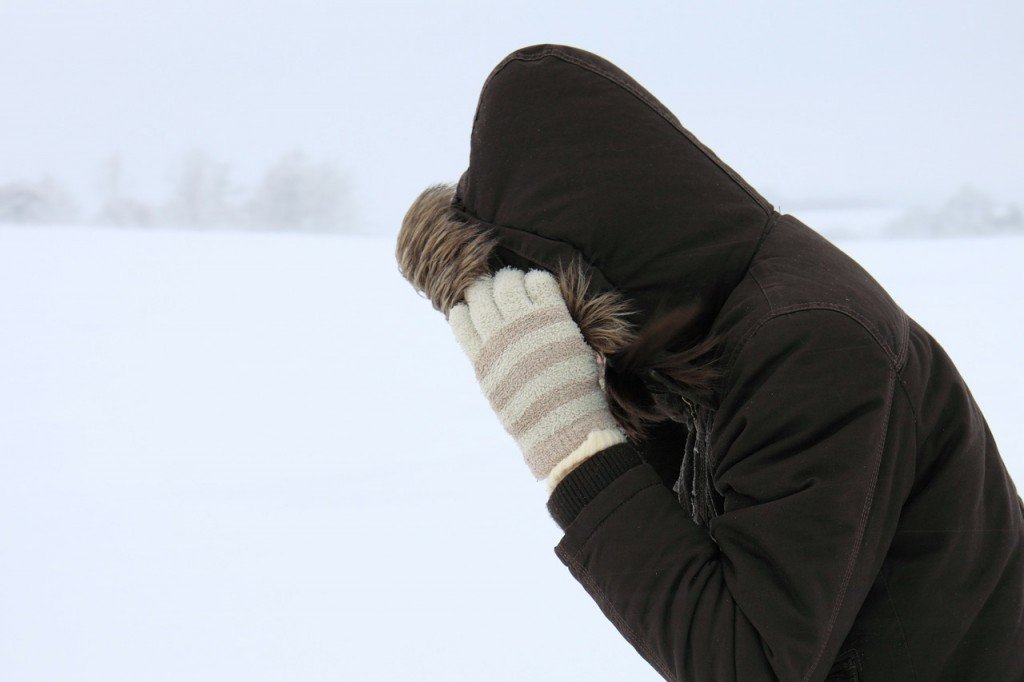
Don’t be fooled by the holiday carols singing praises of Jack Frost — frostbite is a very real winter danger. As the days grow shorter and winds grow stronger, chances of frostbite can increase significantly, along with other seasonal illnesses.
What is frostbite? Frostbite occurs when skin is exposed to extreme cold for elongated periods and it starts to freeze. Penn Medicine lists frostbite as “the most common freezing injury.” Extremities, such as fingers and toes, are more at risk, so remember to wear your gloves when traveling to and from classes or other outdoor activities.
What may be referred to as frostbite in day-to-day life is often more likely to be frostnip, commonly experienced during the winter months — especially here in Philly. Frostnip is when the skin turns cold, red and tingly but can quickly be reversed and raises little concern.
In terms of time and temperature, frostbite likelihood is at it its highest when the temperature drops below zero — with or without windchill —and can also be a risk when temperatures reside around 10 degrees Fahrenheit.
Bob McNamara, chair of emergency medicine at Temple University’s Lewis Katz School of Medicine, attested in a Philadelphia Inquirer article earlier this year that there are rare cases where individuals may lose a limb to frostbite.
In addition to frostbite and frostnip, hypothermia is an even more severe winter malady. Extreme physical activity and loss of body heat exceeding the speed of body heat generated can lead to a significant drop of body temperature. If the normal body temperature (98.6 degrees Fahrenheit) drops below 95 degrees, the medical emergency known as hypothermia can occur and quickly become life-threatening.
Hypothermia occurs most frequently when an individual finds themself in bodies of cold water — think Jack Dawson in “Titanic.” Victims of hypothermia are in deadly need of medical attention, and frostbite often follows hypothermia as the body begins to shut down.
More at risk than the average student traveling relatively quickly through the winter conditions are those forced to live on the streets. The 2018 Annual Homelessness Assessment Report claimed over 552,800 individuals were homeless during January 2018, 35 percent of which (over 193,000 people) were unsheltered. During the same time, Project HOME, a nonprofit aiding persons in need of a safe haven in Philadelphia, reported 834 individuals on the streets during January 2018.
Unfortunately, not everyone has the ability to go indoors and avoid the brutal attacks of Jack Frost. Appropriate layered outdoor wear, shortened time spent outdoors and avoidance in general can aid the fight in preventing frostbite. It’s time to trade in fall gloves for winter mittens, which are said to keep hands warmer due to the fingers all together maintaining heat instead of separated by fabrics.
Take care of your body this winter, but also be on the lookout for your friends. It’s worth taking care of everyone in this weather.
